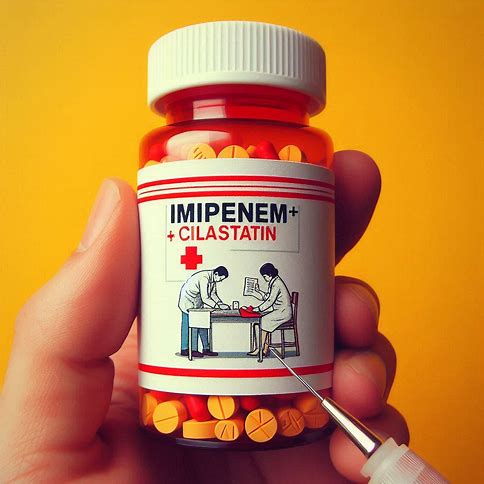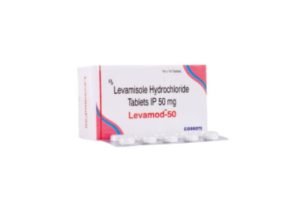
Imipenem + Cilastatin
Description:
Imipenem is a broad-spectrum carbapenem antibiotic that is effective against a wide range of Gram-positive and Gram-negative bacteria, including anaerobes. Cilastatin is a renal dehydropeptidase inhibitor that prevents the breakdown of imipenem in the kidneys, enhancing its effectiveness and extending its half-life.
Brand Names:
- Primaxin
Dosage Forms:
- Available as a powder for injection, typically in 250 mg and 500 mg vials.
Uses:
- Treatment of serious infections caused by susceptible bacteria, including:
- Complicated skin and skin structure infections.
- Complicated intra-abdominal infections.
- Bacterial meningitis.
- Pneumonia, including hospital-acquired pneumonia.
- Urinary tract infections.
Dosage:
- Adults:
- 500 mg to 1 g IV every 6 to 8 hours, depending on the severity of the infection.
- Children:
- Dosing is weight-based and should be determined by a healthcare provider.
Side Effects:
- Common: Nausea, vomiting, diarrhea, headache.
- Serious: Allergic reactions (anaphylaxis), seizures, Clostridium difficile-associated diarrhea, and renal toxicity.
Contraindications:
- Known hypersensitivity to imipenem, cilastatin, or other carbapenems.
- Caution in patients with a history of seizures or CNS disorders.
Drug Interactions:
- May decrease the effectiveness of valproic acid (increased risk of seizures).
- Caution with other nephrotoxic agents (e.g., aminoglycosides).
Special Considerations:
- Monitor renal function, especially in patients with pre-existing renal impairment.
- Use with caution in pregnant or breastfeeding women; benefit-risk assessment is necessary.
- Ensure adequate hydration to reduce the risk of nephrotoxicity.
Conclusion:
Imipenem + cilastatin is a potent combination antibiotic for treating severe infections caused by resistant bacteria. Its broad-spectrum activity and efficacy make it a critical option in clinical practice. However, careful monitoring for side effects, renal function, and potential drug interactions is essential for ensuring patient safety and treatment effectiveness.







